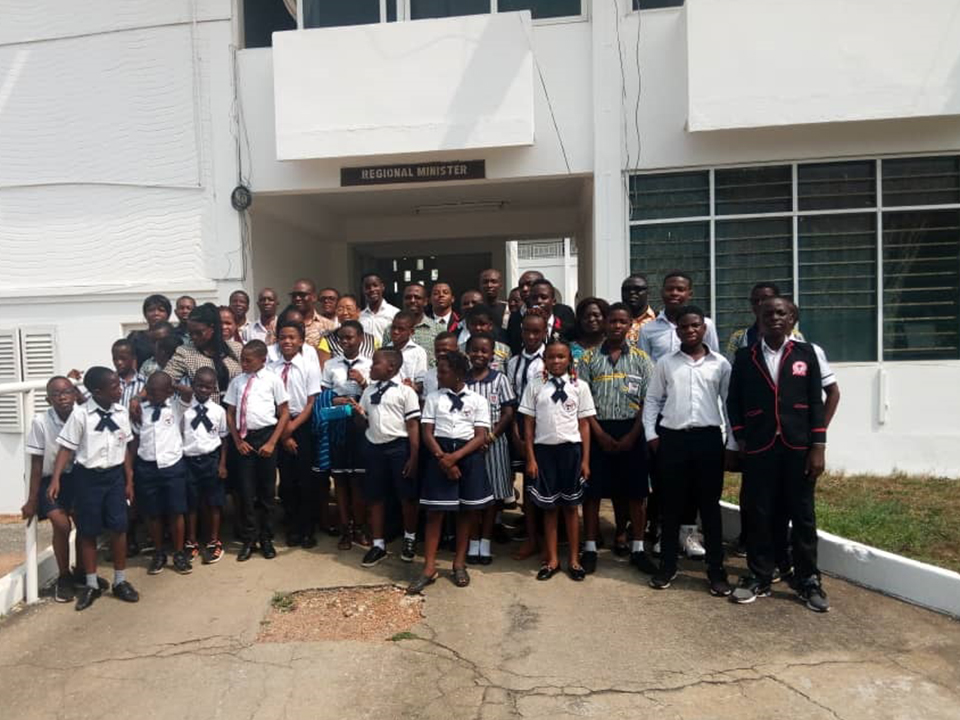Lodgement of Monies
All monies belonging to the University shall be promptly deposited in the Bank Accounts. With the exception of approved Petty Cash, all monies collected should be banked intact the following working day. Exceptions to these rules shall be specified in administrative instructions from time to time. Officers concerned shall be held responsible for any loss arising out of their negligence in respect of cash received in the course of their duties.
Provision and Use of Safes
All Heads of Department and Accounting Officers shall ensure that staff who handle valuables, including money, are provided with cash boxes/safes to ensure the safekeeping of such valuables.
Register of Contents in Safes
Apart from monies, all documents of any description and valuables kept in safes, shall be recorded in a Register kept by the Chief Cashier and Cashiers. From time to time, the contents of the Register shall be subjected to verification by either the Director of Finance or the Director of Internal Audit.
Private Money and Personal Effects
Officers in charge of safes are forbidden to keep personal effects (including money) in such safes, and they are not to retain personal items for any member of the University or outside the University community.
Custody of Bonds and Agreements
Bonds and other important financial documents shall be kept by the Director of Finance. Copies of contract agreements shall be kept by the Vice-Chancellor, the Registrar, the Director of Finance and the Director of Internal Audit.
Printing of Receipt Books
- Only the Director of Finance is authorised to place order for the printing of official receipt books. All such receipt books shall be serially numbered and “Sample Die”. These shall be checked by the Director of Internal Audit before they are recorded in the Stock Register
- Cashiers requiring receipt books shall submit their requirements for such receipt books to the Director of Finance.


